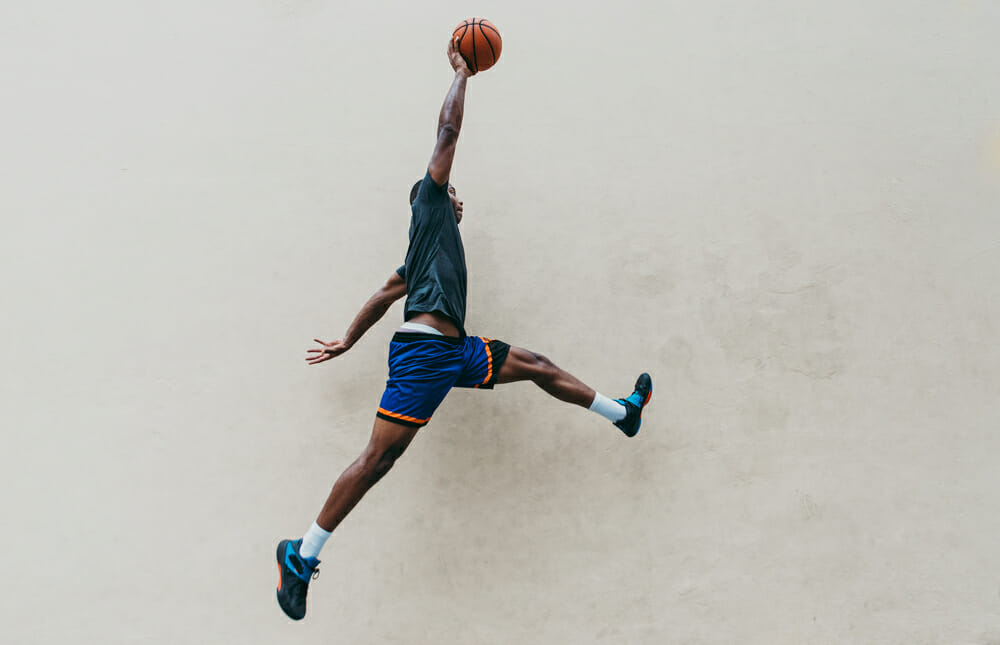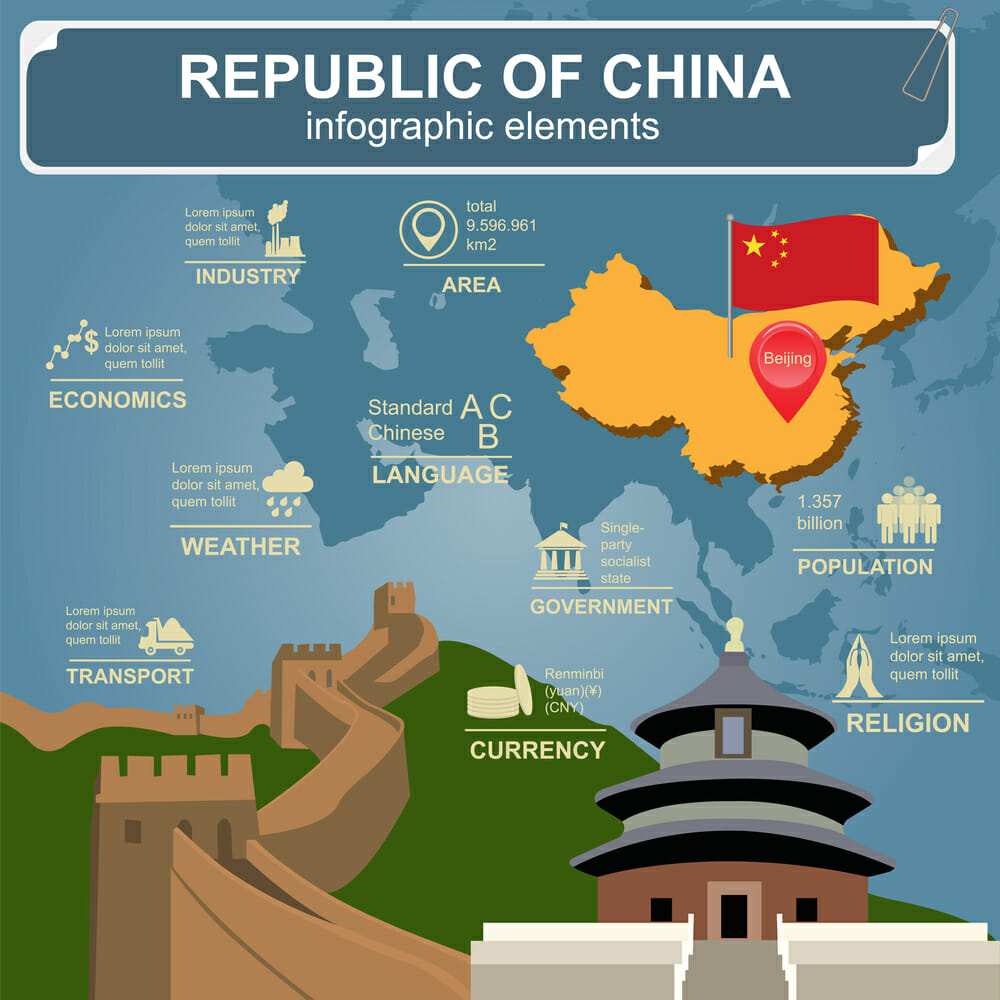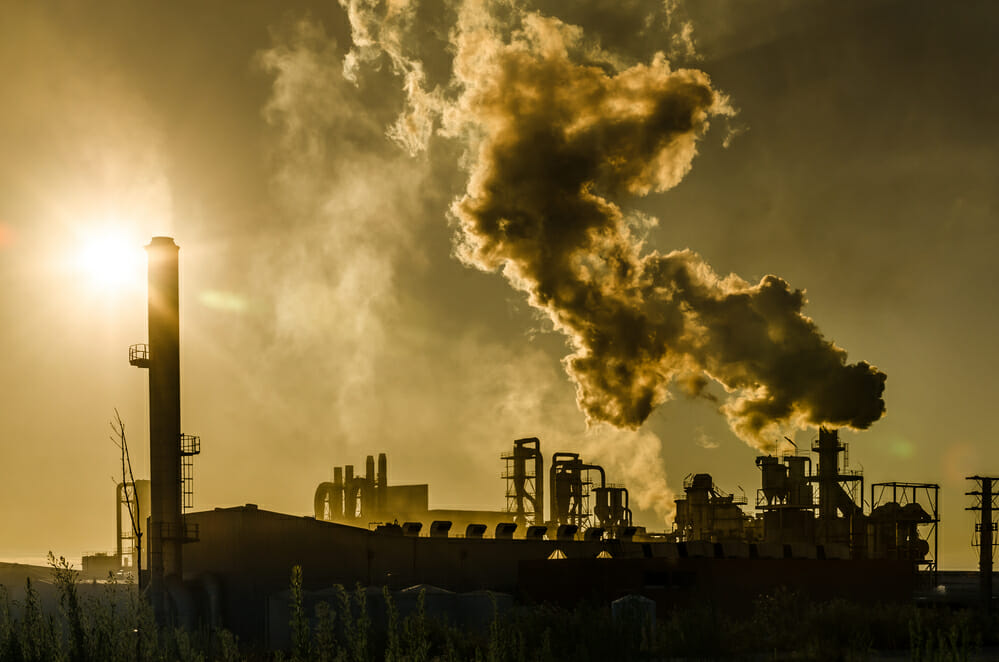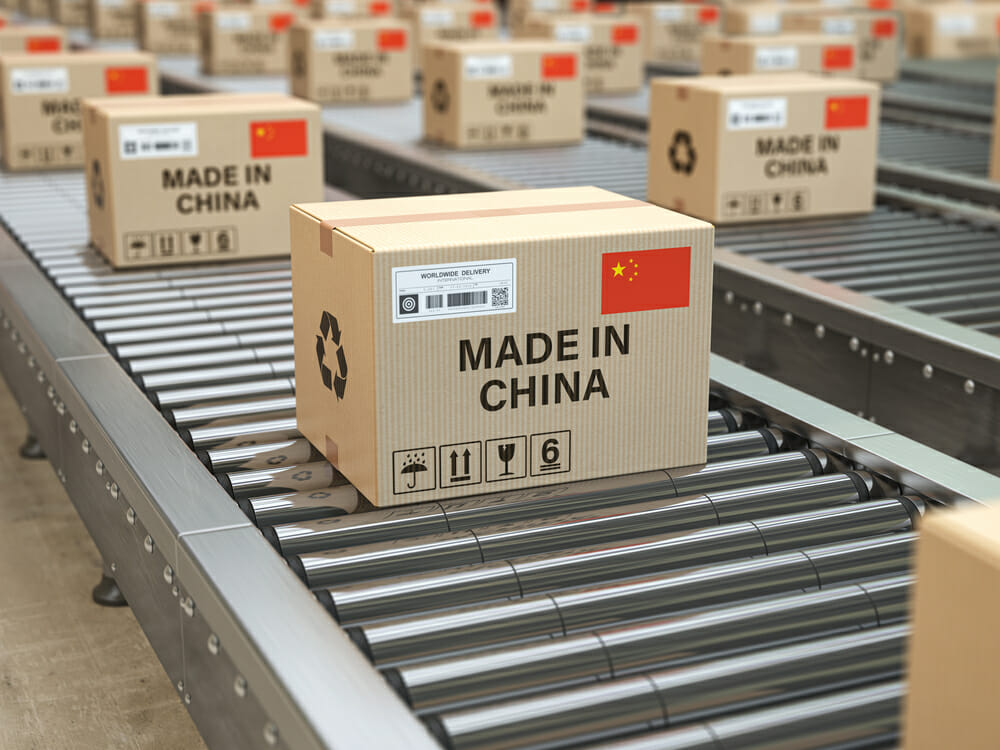Basketballs are a staple in many people’s lives. Whether you’re shooting hoops in your backyard or watching the pros play, basketball is a part of many cultures. But where are basketballs manufactured? In this blog post, we will explore the manufacturing process of basketballs and see where they are made!
The history of basketball
Basketball was invented in 1891 by Dr. James Naismith. He was looking for a way to keep his students active during the cold winter months. He came up with the idea of hanging a peach basket on a pole and having players try to shoot the ball into the basket. Thus, basketball was born!
Basketball quickly became a popular sport, and by the 1920s, there were professional leagues and players. In 1936, the game was added to the Olympics. Today, basketball is played all over the world by people of all ages.
The importance of basketball in cultures around the world
Basketball , since its inception by Dr. James Naismith has evolved to more than just a game. For many people, it is a way of life. Basketball brings people together and helps them connect on a deep level. It is a way to bond with friends and family members. It is also a way to express yourself and show your skills.
Basketball is a global sport, and it has a significant impact on cultures around the world. In many countries, basketball is one of the most popular sports. It is played in schools, parks, and neighborhoods. It is also a big part of professional sport events and the Olympics.
Basketball brings people from all walks of life together. It is a sport that anyone can play, regardless of their background or where they come from. Basketball teaches people the importance of teamwork, sportsmanship, and fair play. It also instills a sense of discipline and commitment.
Basketball is more than just a game. It is a way of life for many people around the world.

How basketballs are made
Basketballs are made from synthetic rubber, original leather (such as the NBA basketballs), or composite materials. The material is cut into six rubber panels (or six leather panels) and sewn together. Then, the ball is inflated and the seams are sealed. You may find more details on the process and on what are basketballs made of in our relevant article here
Where basketballs are manufactured
The three biggest manufacturers of basketballs are located in China, the United States, and India and they produce more than 250 millions of basketballs every year. However, there are many other manufacturers in countries such as Thailand, Indonesia, and Pakistan. In essence, basketballs are manufactured all over the world (source).
The vast majority of basketballs used in the USA are made in China. In fact, over 70% of all basketballs used in China are made by just one company, Dongguan Humen Anta Sports Products Ltd. This company employs over 11,000 people and has factories all over China.
However, not all basketballs are made in China. The Wilson Evolution, one of the most popular basketballs used in the USA, has most of its production in Thailand. Most Wilson balls are made of composite leather and has a microfiber cover.
The official National Basketball Association ball is made in the USA, by using Horween leather company’s american cowhide leather. But of course it is understandable that most of us would not be willing to pay the ~200USD that an official NBA basketball requires, for a game ball to be used in our everyday games and also outdoors.
Hence most of us, when we are looking for outdoor basketballs, we are looking for cheaper solutions manufactured overseas and not for expensive professional basketballs made in the USA. After all you can play Michael Jordan with cheaper solutions, perfectly well 🙂

Why are most basketballs made in China?
There are a few reasons why basketballs are made in China.
Cost
The first reason is cost. Labor is cheaper in China than it is in other countries. This means that manufacturers can save money by producing balls in China.
The cost of labor in China is relatively low compared to other countries. This is one of the reasons why many products are manufactured in China. The cost of labor is one of the factors that determines the cost of a product.
However, labor conditions in China are not always ideal. Factory workers often work long hours for little pay. They may also be exposed to hazardous materials.
Child labor is also a reality in China. This means that children might have to do some of the work. This is called child labor. It is bad because the children might not be able to go to school and learn. They also might not get to play like other children and develop their personalities.
Big basketball brands make big efforts to make sure that their suppliers and factories in China refrain from questionable or illegal labor practices but this might not be the case for cheaper and Chinese basketball brands.
Quality
The second reason most of the basketballs’ production is in China, is quality. Chinese manufacturers have access to the latest technology and equipment. They can produce high-quality balls that meet the standards of the NBA and other professional leagues.
Many products that are manufactured in China are of high quality, despite the bad reputation of Chinese products. This is because Chinese manufacturers have access to the latest technology and equipment. They can produce products that meet the high standards of the NBA, the NCAA tournament, women’s professional leagues and any amateur athletic union.
However, not all products that are made in China are of high quality. Some Chinese manufacturers use lower-quality materials to produce their products. This can result in balls that are less durable, more likely to break or not having a perfectly shaped spherical shape.
Experience
The third reason is experience. Chinese manufacturers have been making balls for many years, and they have a lot of experience in the production process. They know how to make a high-quality ball that will meet the needs of the customer.
The process of manufacturing basketballs is a complex one, and it takes place in several different phases. The vast majority of basketballs are made in China, where the factories are often operated by large corporations. The workers in these factories are often paid very low wages, and they work long hours in dangerous conditions. In spite of all these conditions, the Chinese manufacturers have a lot of experience in making basketballs, and they usually make high-quality products.
Scale
The fourth reason is scale. China has the infrastructure and resources to produce large quantities of basketballs quickly and efficiently. This is important for two reasons. First, it keeps the cost of basketballs down. Second, it ensures that there is always a steady supply of basketballs. This is especially important for professional and collegiate teams who need a constant supply of balls for their practices and games.
China is the most populous country in the world and has the biggest workforce available. China’s population is 1.4 billion and its workforce is 873 million. This gives China the ability to produce large quantities of basketballs quickly and efficiently. China also has the infrastructure and resources to produce other sporting goods, such as soccer balls and volleyballs. This makes China a leading supplier of sporting goods in the world.

Delivery
The fifth reason is delivery. Chinese manufacturers have the ability to deliver basketballs to any country in the world. This is important for two reasons. First, it ensures that there is a constant supply of basketballs around the world. Second, it keeps the cost of basketballs down.
China has a well-developed transportation system that includes ports and airplanes.
The port of Shanghai is the busiest port in the world. It handled 37.2 million TEUs (twenty-foot equivalent units) in 2016. That’s more than the ports of Los Angeles and Long Beach combined. The port of Shanghai is also the closest Chinese port to the United States. This means that Chinese manufacturers can deliver basketballs to the United States quickly and efficiently.
Air transportation is also well developed in China. China has more than 200 airports and is served by more than 80 cargo airlines. This allows Chinese manufacturers to deliver basketballs to any country in the world quickly and efficiently.
Basketballs Design
Generally the configuration in basketball matches the rules of the kind of match where it was played and how the ball was set up. NBA (National Basketball League) , WNBA, or other professional leagues specify sizes for regulation balls in the same manner as previously discussed and includes a specific number of printed details. Amateur sport organizations develop rules and specifications as well as specific basketballs made by junior players younger than high-school age intermediate players (in high-school age) or indoors, outdoors, or combination play. Promotional basketballs of a small size are a very common souvenir of many sports like the NCAA Championships.
In short, the manufacturing process of a basketball is not as simple as one might think and where they are made depends on various factors such as cost, experience, and scale.
However the fact that basketball rules are most commonly standardized around the world by the international basketball federation (FIBA), ensures that the game ball that is being produced and used on every part of the world shares a common basis on its design.
Byproducts / Waste of basketball production
The material waste in the manufacturing of a basketball is low as the rubber panels are cut from large sheets of synthetic rubber, leather, or composite materials. The only other byproduct from this process is the air that is used to inflate the ball. This air is not hazardous and can be released into the atmosphere.
There aren’t any byproducts produced by making basketballs, but most makers offer many styles and can even create a ball for other sport. Waste has limitations. Die cutters for cutting rubber, synthetic laminated and leather are designed to precisely cut space and reduce the materials used in production. Its price is especially important in leather but leather waste can be inevitable as leather is a natural product and it possesses irregular colour, thickness and texture. The entire rubber is recyclable if it represents the major part used in making an athletic ball.
Overall, basketballs are made of natural and synthetic materials that are cut, sewn and assembled together. The process is done by machines and workers in a factory. Finally, the ball is inflated with air and tested for quality before being shipped to stores or customers. Any byproducts are recycled so that they do not pollute the environment
Concerns about how China handles byproducts and industrial waste
Concerns about how China handles industrial waste are mounting. The country has a reputation for producing a high volume of pollution, much of which is the result of its large and often unregulated factories. This pollution has caused health and environmental concerns in neighboring countries and beyond.
One major concern is that much of China’s industrial waste is not properly disposed of. This can lead to toxic chemicals and heavy metals being released into the environment, where they can contaminate water supplies and soil.
In addition, China’s manufacturing process often uses outdated and inefficient equipment. This results in a lot of waste and emissions, which further contribute to pollution.

As a result of these concerns, many companies (including basketballs manufacturers among them) are looking for alternative manufacturing locations. Countries like Vietnam and Indonesia are becoming increasingly popular as they offer similarly low costs and stricter environmental regulations. However, it remains to be seen whether these countries will be able to handle the volume of manufacturing that China does. Only time will tell.
For now, China remains the dominant player in the global manufacturing market, and its basketball manufacturers continue to produce the majority of balls sold around the world. So if you’re looking for a new ball, it’s likely that it was made in China.
FAQs
Where are most basketballs made?
Basketballs are typically made in China. This is because labor is cheaper in China, and the Chinese manufacturers have a lot of experience in making balls. Additionally, China has the infrastructure and resources to produce large quantities of basketballs quickly and efficiently.
Are any basketballs made in USA?
Mikasa Sport US manufacture basketballs. Also the official NBA’s game balls are made in the USA by Wilson. Spalding also produces some balls in the States.
Where are Spalding basketballs manufactured?
Spalding is a sports equipment manufacturer based in Illinois in 1876 by Albert Spalding. The company’s current headquarters are in Bowling Green, Kentucky. The company currently focuses primarily on basketball production and commercialization of hoops, rims, nets and needle pumps for basketball.
Where are Wilson basketballs produced?
Wilson Sporting Goods is a sportswear brand that is headquartered in Chicago, Illinois. Most of its game balls are manufactured in China and Thailand but the official NBA basketballs are made by Wilson in the USA
- How to Pass a Basketball (5 effective tips) - August 25, 2022
- Learn How to Spin a Basketball on your Finger in less than 3 minutes - July 18, 2022
- Where are basketballs manufactured? (hint : mostly Asia) - June 10, 2022


You didn’t actually state where Spalding balls are manufactured but you do Wilson.